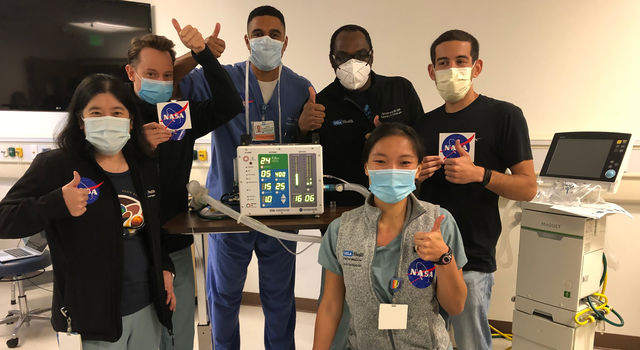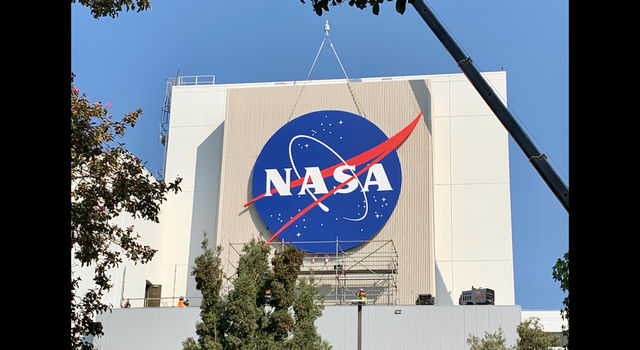Blogs | Slice of History | December 1, 2015
Morris Dam Test Facility - 1943
In 1943, JPL was under contract with the Army Air Corps to design, build and test an underwater solid rocket motor. Early tests were done in a large trough of water to see if a solid propellant would fire underwater ... and it did. Field tests were conducted in 1943 at the Morris Dam Test Facility in an artificial lake 25 miles from Pasadena, California. The facility was part of Caltech’s “other” rocket project, funded by the National Defense Research Committee of the Office of Scientific Research and Development – an agency set up to support and coordinate war-related research.
This photo shows a barge, which was anchored to trees on the shore of the lake, with an underwater structure that would hold the motor at a depth of one to six feet during testing. Two motion-picture cameras (one color, and one black and white) filmed the ten tests. The test motors were loaded with two different propellant formulas (GALCIT 53 and GALCIT 54).
JPL had a growing need for its own underwater test facility, so construction began on a hydrodynamic tank, or towing channel, in September 1943. It was located in the space currently occupied by the parking structure and part of Arroyo Road. An Army Air Forces contract for $121,000 – for development of a hydrobomb design – began in September 1944.
This post was written for “Historical Photo of the Month,” a blog by Julie Cooper of JPL’s Library and Archives Group.
TAGS:HISTORY, TECHNOLOGY, ROCKETS







